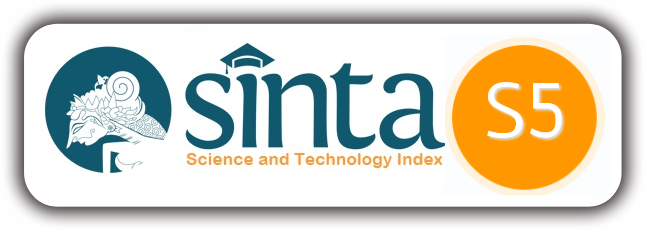TANTANGAN PEMERINTAH ACEH DALAM MENGIMPLEMENTASI UNDANG-UNDANG PEMERINTAH ACEH (UUPA)
DOI:
https://doi.org/10.22373/jai.v4i2.457Abstract
Prolonged conflict between the Free Aceh Movement (GAM) and the Indonesian government from 1976, until finally a settlement took place on 15 August 2005 in Helsinki, Finland, under the mediator Martti Ahtisaari (former President of Finland) both GAM-RI parties sat together to determine their position to end all causes of conflict in Aceh. In the points of the agreement of the Memorandum of Understanding (Helsinki MoU), Aceh was given special rights by the Government of Indonesia to administer Self Government. In the Helsinki MoU article 1 paragraph 1.1.2 a, b, c, d which plays a role in implementing the Law on the Governing of Aceh, but the reality that happened has not been as agreed upon in the MoU. The Aceh Government Law No 11 of 2006 which regulates the Aceh provincial government is further explained in the form of Qanun which was born by the Aceh Government. As a substitute for the Special Autonomy Law and the results of the peace agreement, Aceh is given special authority to regulate and manage government in accordance with the regulations of the Government of Aceh. The methodology of the research used is qualitative research with descriptive type. Searching for and analyzing data through interviews, observations and documents. This study used the theory of Power Balance. The Power Balance system provides various alternatives for policy makers, which leads to war or negotiations. The results of the research obtained are the factors that hampered the implementation of the UUPA, namely: aspects of the legal foundation, lack of cohesiveness of government in Aceh, the existence of internal and external factors, and different perceptions in understanding the Aceh Government Law
Published
How to Cite
Issue
Section
License
Authors who publish with this journal agree to the following terms:
- Authors retain copyright and grant the journal right of first publication with the work simultaneously licensed under a Creative Commons Attribution License (CC-BY-SA) that allows others to share the work with an acknowledgment of the work's authorship and initial publication in this journal (See The Effect of Open Access);
- Authors are permitted and encouraged to post their work online (e.g., in institutional repositories or on their website) prior to and during the submission process, as it can lead to productive exchanges, as well as earlier and greater citation of published work;
- Authors are able to enter into separate, additional contractual arrangements for the non-exclusive distribution of the journal's published version of the work (e.g., post it to an institutional repository or publish it in a book), with an acknowledgment of its initial publication in this journal.
















